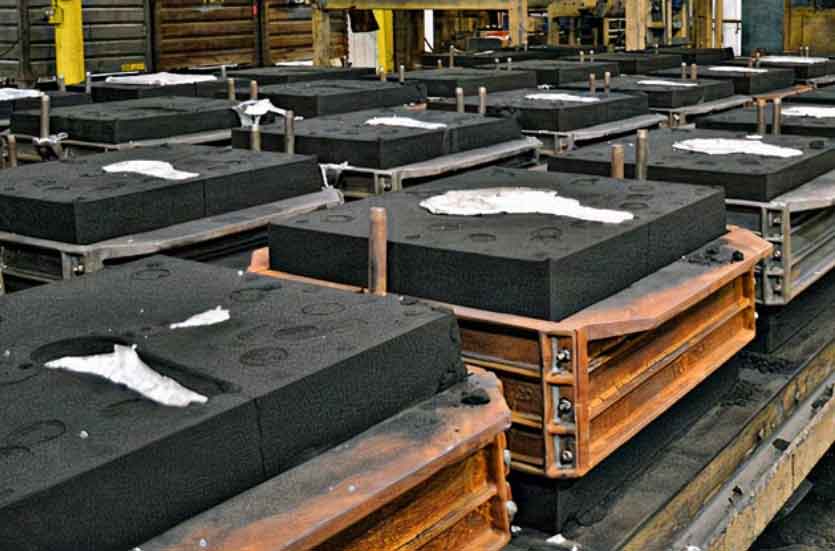
Achieving precision and quality in resin sand casting requires careful attention to various techniques throughout the casting process. Here are some key techniques that contribute to precision and quality:
- Pattern Making and Assembly: The pattern serves as the template for the final casting. Precise pattern making is crucial to ensure accurate dimensions, smooth surfaces, and proper allowances for shrinkage. Careful pattern assembly, including gating and runner systems, is essential to ensure proper metal flow and minimize defects.
- Mold Preparation: Proper mold preparation is vital for achieving precision and quality. This includes ensuring uniform sand compaction around the pattern, proper alignment of mold sections, and accurate placement of cores if required. Consistent and uniform sand compaction helps achieve accurate dimensional control and reduces the risk of defects like mold shift or misalignment.
- Curing and Mold Strength: The curing process is critical for the strength and integrity of the mold. Proper curing time and temperature control ensure complete resin hardening and sufficient mold strength. Insufficient curing can result in mold breakage or deformation during metal pouring, leading to casting defects.
- Pouring Technique: The pouring technique plays a significant role in achieving precision and quality. Proper gating design and metal pouring practices ensure controlled and consistent metal flow into the mold cavity. Maintaining the correct pouring temperature, avoiding turbulence, and using appropriate pouring rate contribute to the quality of the casting.
- Solidification and Cooling: Proper control of solidification and cooling is crucial for minimizing defects and achieving dimensional accuracy. This includes controlling the solidification rate to avoid shrinkage or porosity, ensuring uniform cooling, and preventing thermal gradients that could result in distortion or residual stresses.
- Finishing Operations: Finishing operations after casting, such as trimming, grinding, machining, and surface treatments, play a vital role in achieving the desired precision and quality. Skilled operators and precision machining techniques ensure accurate dimensions, smooth surfaces, and proper fitment.
- Quality Control and Inspection: Implementing robust quality control measures and inspection techniques is essential to ensure precision and quality. Non-destructive testing (NDT) methods, such as visual inspection, radiography, ultrasonic testing, or liquid penetrant testing, help detect any casting defects or inconsistencies. Dimensional inspection using precision measurement tools ensures adherence to required tolerances.
- Process Optimization and Continuous Improvement: Continuous improvement initiatives, process optimization, and feedback mechanisms contribute to enhancing precision and quality. Analyzing process data, identifying areas for improvement, and implementing corrective measures lead to increased efficiency, reduced defects, and improved overall casting quality.
By incorporating these techniques and maintaining strict process controls, manufacturers can achieve the precision and quality required in resin sand casting. Attention to detail at each stage, from pattern making to finishing operations, ensures that the final castings meet or exceed the desired specifications, dimensional accuracy, and surface finish.
